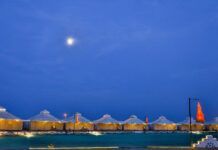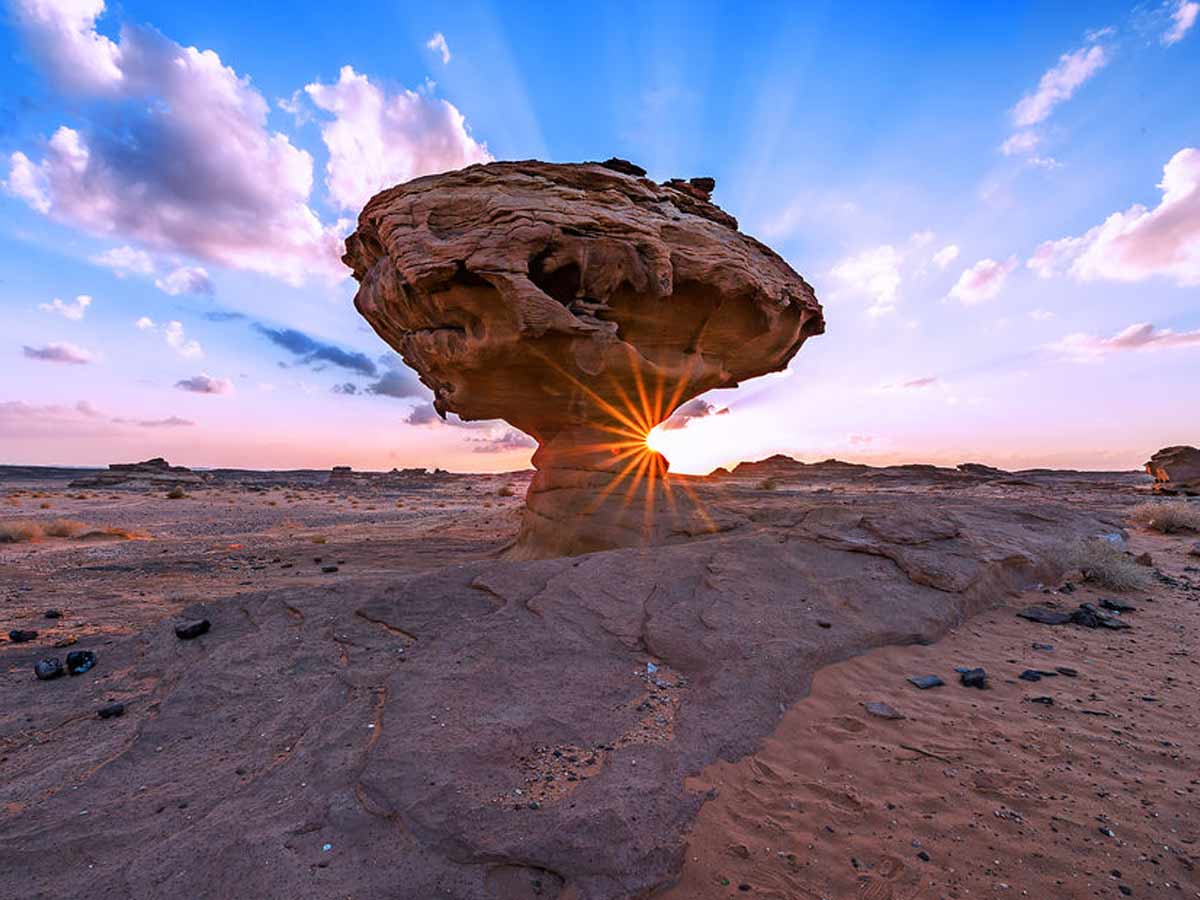Hiking the Inca Trail is an experience that should elicit excitement, apprehension, and envy among your friends and a sense of wanderlust in your soul.
The Inca Trail, one of the most popular things to do in South America and one of the world’s most famous hikes, is the type of unique adventure for which we all travel. The hike itself is stunning, taking you along ancient narrow paths deep into Peruvian countryside and high into the Andean mountains, with perfect Incan ruins, cloud forest, and majestic valley views laid out like breadcrumbs along the way to perhaps the greatest end-point of any multi-day hike on the planet, the iconic Machu Picchu.
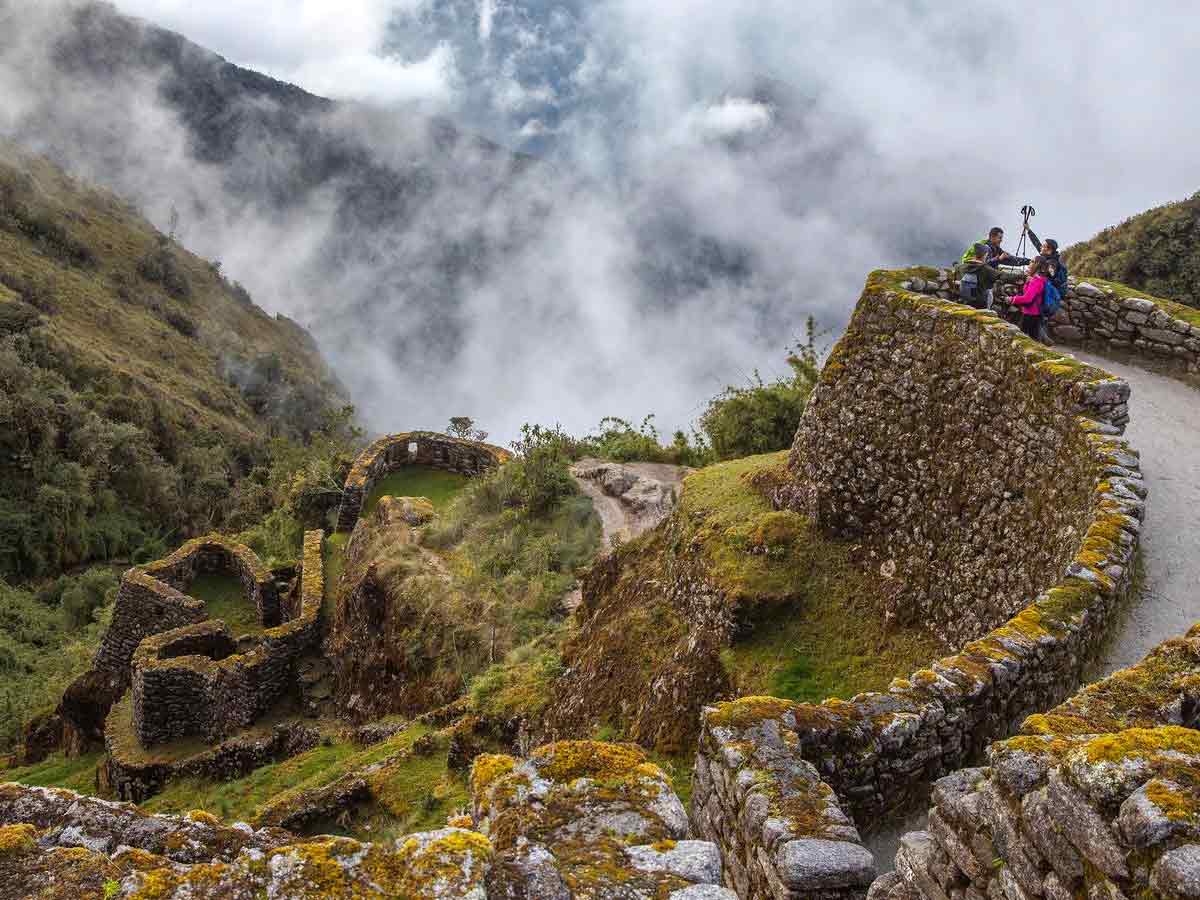
The Inca Trail is a well-known and iconic four-day, three-night hike that takes visitors from km.82 (the starting point 40 minutes outside of Ollantaytambo) all the way to Machu Picchu via its beautiful Sun Gate (also called Inti Punku).
The good news is that it is much shorter than you might expect, measuring only 40 kilometers (25 miles). The bad news is that A significant portion of that 40-kilometer journey is up steep, narrow Andean mountain paths at altitude.
At its peak, the Incan Empire (which included Peru, large parts of modern Ecuador, western and south-central Bolivia, northwest Argentina, north and central Chile, and a small portion of southwest Colombia) built thousands of kilometers of trails to connect its important settlements and centers of civilization. Still, this specific four-day route is known as the ‘classic Inca Trail.’
WHY IS IT SO Popular?
The Trail is a microcosm of Peru, with lush green cloud forest teeming with birds, Andean peaks and steep mountain passes, and a landscape dotted with centuries-old ruins accessible only to those who follow this most famous path.
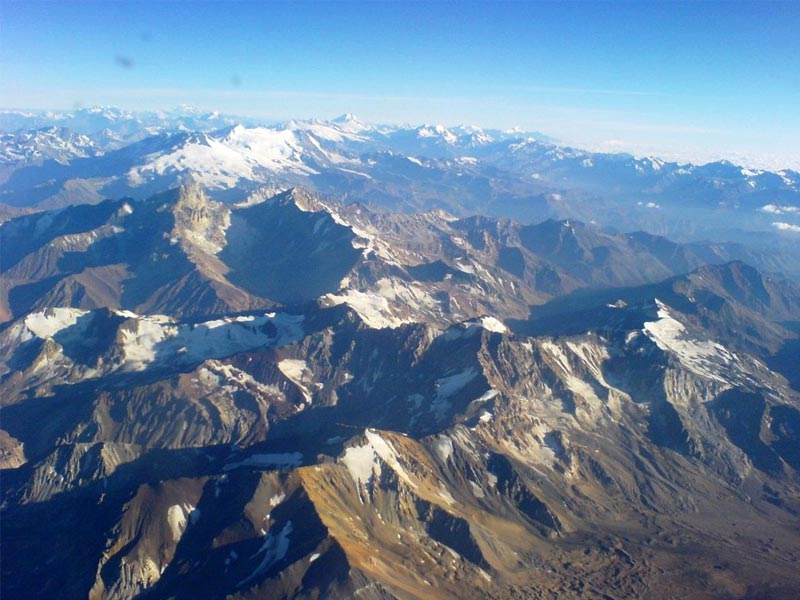
However, as stunning as the hike is, the true reason for its popularity lies at the very end of this four-day adventure: passing through the Sun Gate for the first magical sighting of Machu Picchu in the distance. Only Inca Trail hikers have access to the Gate at sunrise. At one of the world’s new seven wonders, this crescendo puts this hike on so many ‘South America bucket lists.’
CAN YOU GET AN INCA TRAIL PERMIT, AND DO YOU NEED A GUIDE?
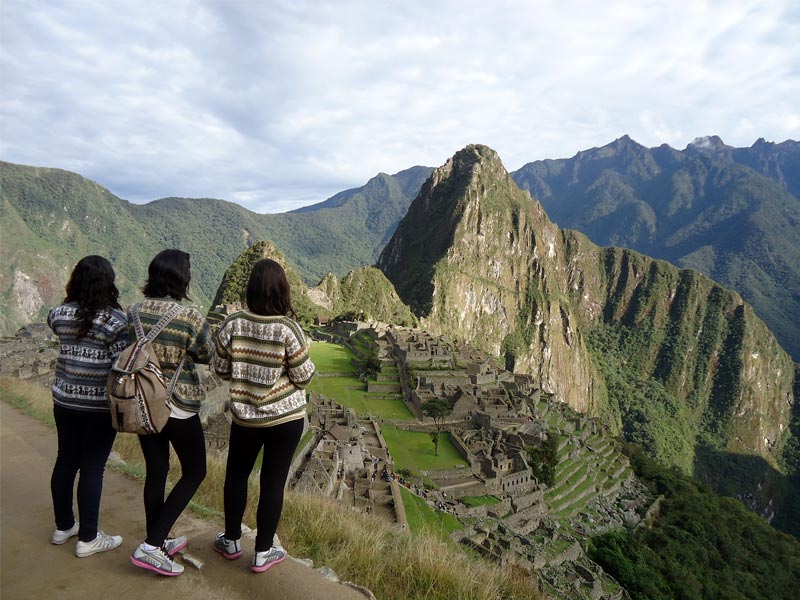
Since 2002, the Inca Trail has been limited to 500 people per day (roughly 200 tourists and 300 accompanying guides and porters), regardless of the season. This means that everyone must obtain permits to participate in the hike ahead of time.
A permit can only be obtained through an authorized tour provider, who purchases these daily permits in advance. While many of Peru’s best hikes, such as the Colca Canyon, can be done independently, the Inca Trail can only be made with an approved tour company, and spaces are limited.
Also Read, Haute Route: Explore the Beauty of Swiss Alps
WHEN IS THE BEST TIME TO GO THE INCA TRAIL?
Peru has two seasons: dry and wet, and the Inca Trail can be completed in either. Each, however, has its own set of advantages and disadvantages.
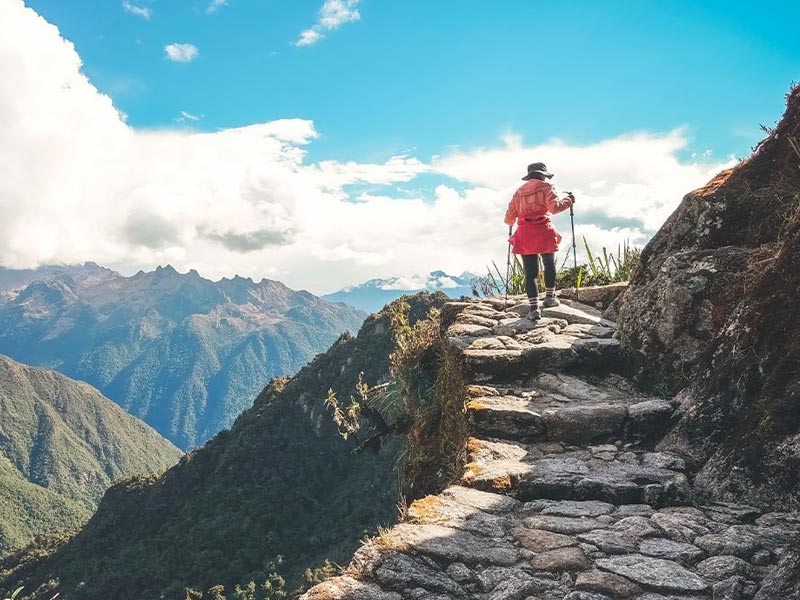
The Dry Season (May – October)
Pros | As the name implies, the chance of rain is significantly reduced, and you can expect hot, dry mornings and afternoons.
Cons | Because the dry season coincides with Peru’s peak tourism season (June – August), the Inca Trail will be fully booked every day. This means more campers and more traffic on the Trail (although the tours try to stagger this out). Tour demand rises during the dry season, so you should book your tour well in advance (a rule of thumb is six to seven months, but we have met people who booked a year to assure themselves of a place). Finally, our guide warned us that nighttime temperatures in the dry season drop significantly, so we should expect cold nights in the tent.
The Wet Season (November – April)
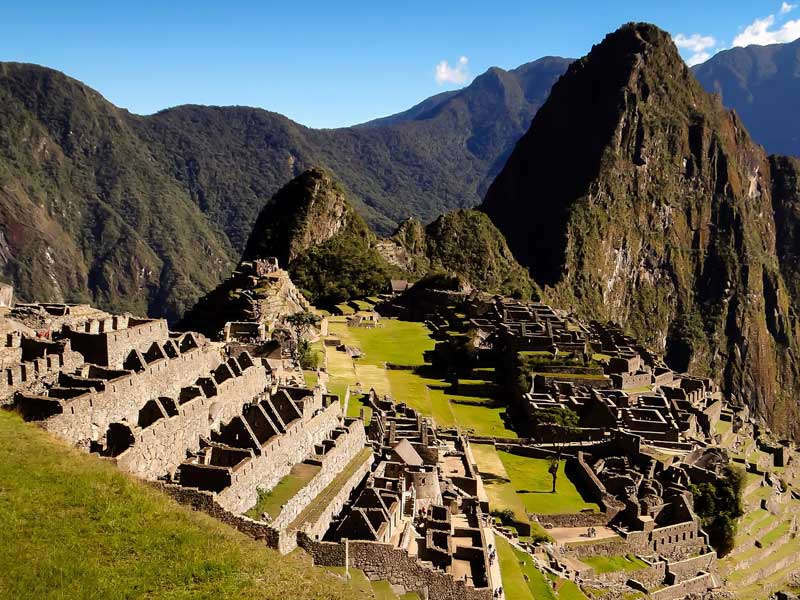
We hiked with G Adventures in early December, so we were prepared for rain. Fortunately, the gods were on our side. We only had one bad rain shower and one morning of dense mist to contend with – as our guide warned us, this won’t always be the case for those hiking the Inca Trail during the rainy season.
Pros | Because it is a less popular time to hike, the number of people you share the Trail with is significantly reduced, as are the crowds at Machu Picchu. Tours are slightly less expensive and easier to book with just a few weeks’ notice (a guy on our tour booked his place only a week before the trip began). Nighttime temperatures are also less chilly.
Cons | Hiking, and camping in the rain for four days is never fun, and you’re increasing your chances of doing so. When there is a lot of rain, the hiking conditions become slicker and more difficult.





















